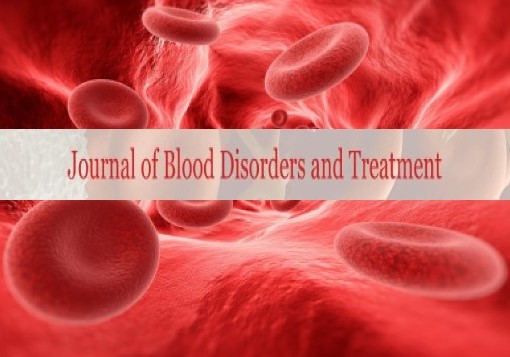Composition of Blood and Coagulation
Washington
, USAWashington
, USA, Email: paulr@gmail.comReceived: 08-Jul-2020 Accepted Date: Jul 23, 2020; Published: 30-Jul-2020
This open-access article is distributed under the terms of the Creative Commons Attribution Non-Commercial License (CC BY-NC) (http://creativecommons.org/licenses/by-nc/4.0/), which permits reuse, distribution and reproduction of the article, provided that the original work is properly cited and the reuse is restricted to noncommercial purposes. For commercial reuse, contact reprints@pulsus.com
Introduction
Blood is a specialized connective tissue in which there is a liquid intracellular substance known as plasma and formed element like RBC, WBC and platelets suspended in plasma. The specific gravity of whole blood varies from 1.055 to 1.060. When freshly shed the blood in red in colour thick and slightly alkaline.
Function of Blood
Transport of respiratory gases
Transport of nutrition
Blood acts as vehicle
Drainage of waste products
Maintenance of water balance
Maintenance of acid base equilibrium
Regulation of body temperature and blood pressure
Composition
Blood is highly complex fluid which is composed of 2 parts plasma and cells. The cells are called blood corpuscles. The plasma constitutes about 55% and cells about 45% of the total volume of human blood.
Whole Blood Cells
Blood cells are of 3 types, they are 1. Red blood cells 2. White blood cells 3. Platelets
Red blood cells
These are also called erythrocytes. These are most numerous cells in blood. The number of RBC in children than adults RBC is formed in bone marrow. While in embryonic stages in liver and spleen. The production of RBC is called erythropoisis. RBC lives for120 days in blood. Old RBC is destroyed in spleen.
White blood cells
These are also called as leucocytes. WBC has pigment hemoglobin. So they are colorless. The life span of WBC is 12- 13 days. Old WBC is destroyed in blood and liver. Two types of WBC are found in blood granules, granules.
platelets
These are overall round in shape. They don’t have nucleus, cytoplasm is present. These cells play important role in blood clots.
Plasma
Plasma is the liquid part of blood. It is straw in color and slightly alkaline in nature. About 91% to 92% of plasma is water. Plasma contains organic and inorganic constituents.
Organic constituents
Proteins are 7.5 % are present. Serum albumin, serum globulin and fibrinogen and prothrombin are present. In non proteins nitrogenous substances contain urea, uric acid, xanthine, hypoxanthine, creatinine ammonia amino acid. Carbohydrates, glucose are present. Other substances like internal secretions, antibody and enzymes are also present.
Colour
Yellow colour of plasma is due to small amounts of biluribin, keratin and xanthophylls. 0.9 of in organic compounds are present in blood like Na, K, Cal, Mg, Fe, Cu, ect.In normal human blood, plasma volume is proposinality more than total corpuscles volume. The plasma volume varies from 52- 55% where as corpuscles varies from 45-48%.
Coagulation
Blood coagulation is the major body defense mechanism against blood loss. In coagulation so many factor are involved like fibrinogen, prothrombin, thrombin, calcium, proaccelerin, reconverting, anti hemophilic factor, Christmas factor, stuvert prower factor ect. The term hemoglobin is applied to sequence of physiological responces to stop bleeding. The final phage involves complete dissolution of clot. Aggregation of plate lets to form a clump that can be stop mainly minor bleeding.





